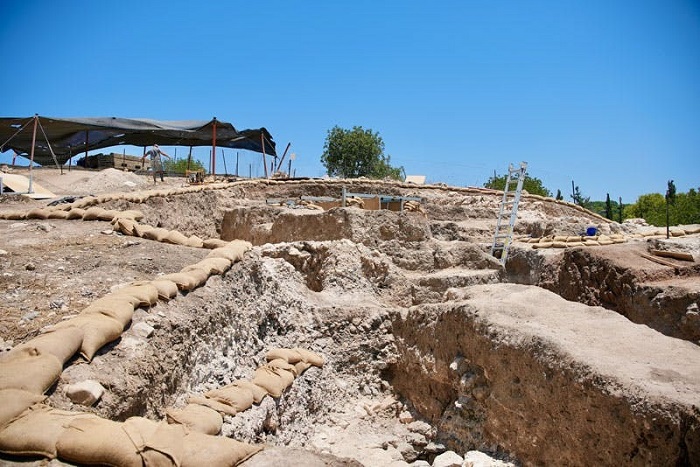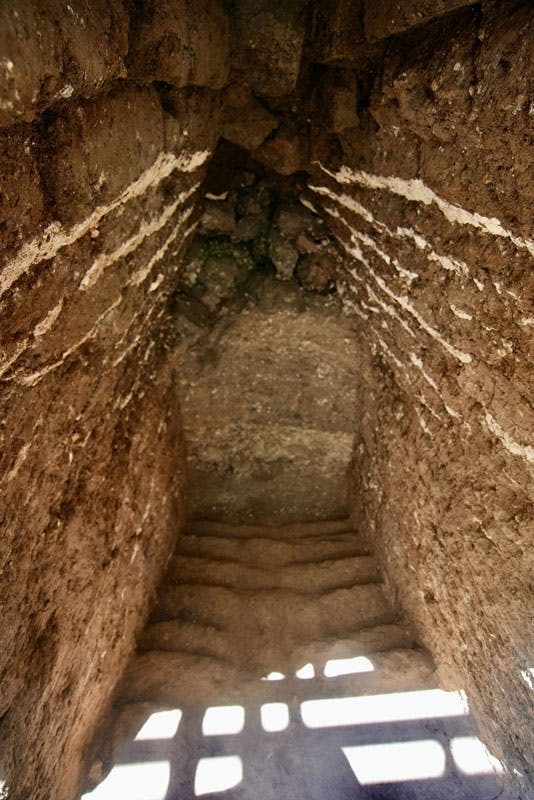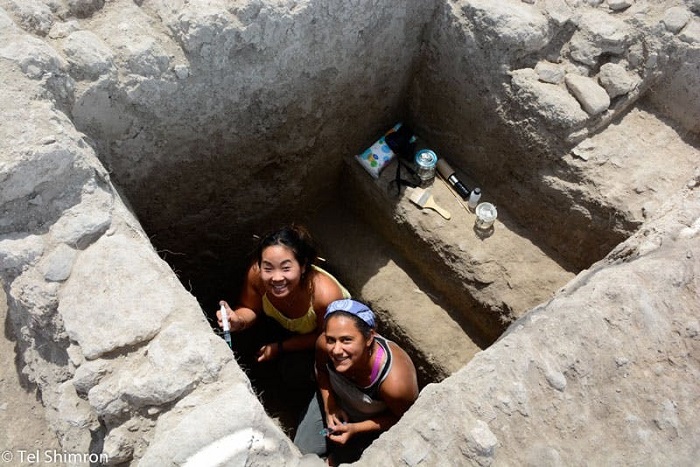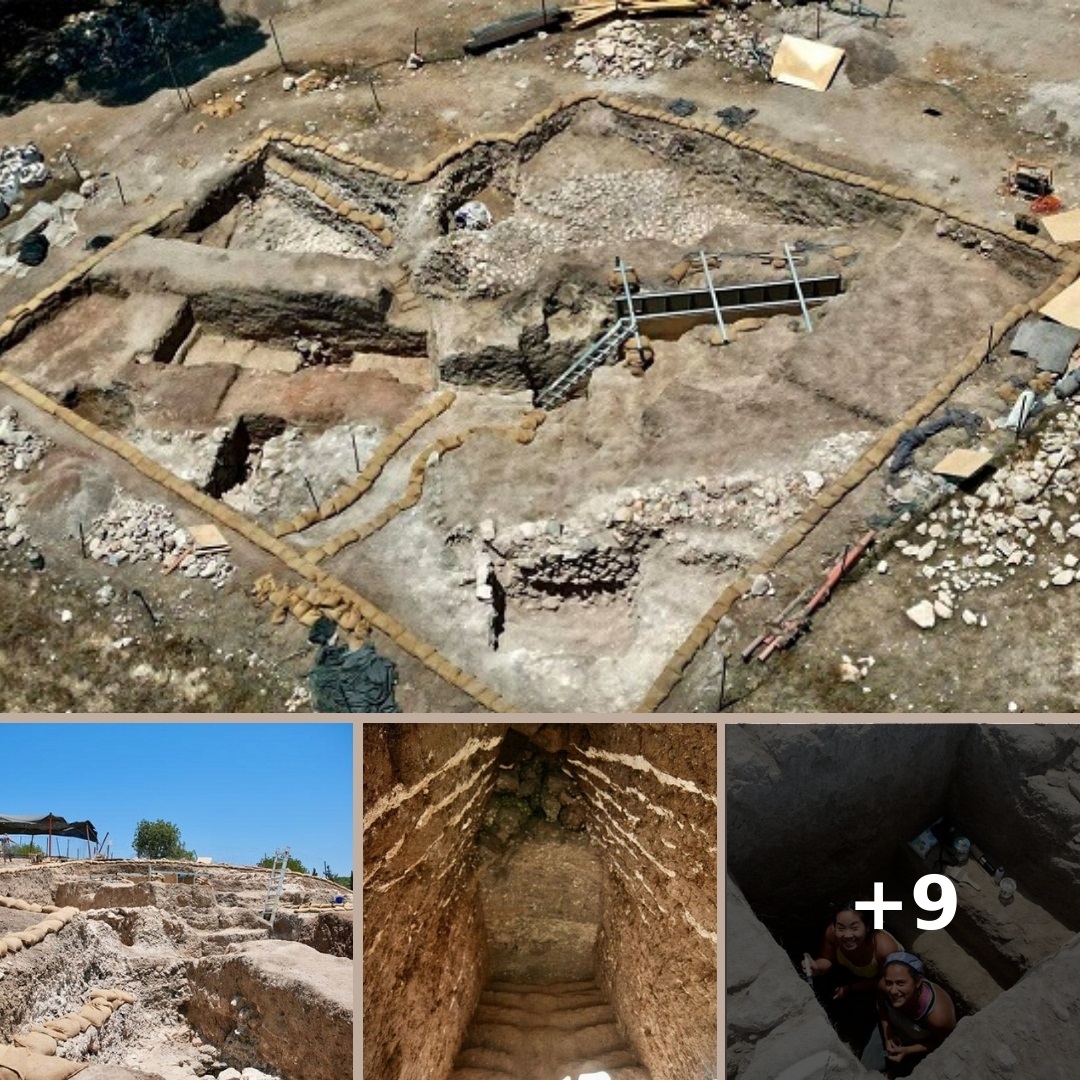The Tel Shimron excavations in Israel have recently revealed a remarkable architectural marvel dating back to 1,800 BC – the well preserved mudbrick structure of hidden passageway.

Archaeologists at the Tel Shimron excavations in Israel have made a groundbreaking discovery that yields valuable clues to the architectural techniques used in the ancient city of Shimron. They have unearthed a well-preserved and ingeniously designed mudbrick passageway that dates back approximately 1,800 BC, in the Jezreel Valley, also known as the Valley of Megiddo. This finding is significant because it is the earliest example of a corbelled mudbrick structure found in the southern Levant, suggesting that this architectural technique has a longer history in the region than previously thought.
The passageway, part of a larger tower complex, features corbels, which are stone, wood, or metal supports that extend from a wall and hold up the building materials. The use of corbels in constructing the passageway indicates advanced engineering skills by the ancient inhabitants of Shimron. While corbelled architecture has been found in Mesopotamia, this is the first time it has been discovered in the southern Levant, eliciting a fresh insight into the architectural practices of this region.

What makes this discovery even more remarkable is the outstanding condition of the passageway. Remarkably well-preserved, the passageway and its mudbrick stairs that lead to the city below have endured the test of time. This pristine state allows for a detailed analysis of the construction techniques employed in the ancient city. The passageway has been carefully filled in to ensure its protection until further excavation can take place.
Through the study of artifacts found within the debris, the archaeologists were able to date the passageway to the Middle Bronze Age. This period in history spanned from around 2,100 BC to 1,500 BC and was characterized by the emergence of complex urban societies, the development of advanced metallurgy, and the rise of powerful city-states in the Levant.

The discovery of this fully preserved mudbrick structure with corbelled vaults holds immense significance for the field of archaeology. Such structures are extremely rare due to their vulnerability to time and elements. This find provides a unique opportunity to gain insights into the architectural practices, engineering capabilities, and daily life of the ancient inhabitants of Shimron.
The Tel Shimron excavations have been ongoing since 2016 and have yielded numerous ancient structures and artifacts from different time periods. The aim of the excavations is to gain a better understanding of the societies and cultures that existed in the southern Levant over 2,000 years ago and earlier.

By meticulously unearthing these archaeological treasures and examining the material remains of the past, researchers hope to reconstruct the lives of ancient civilizations. Their findings contribute to a broader understanding of human development, cultural exchange, and technological advancements in the ancient world.
As the Tel Shimron excavations continue, archaeologists anticipate the possibility of uncovering further examples of ancient architecture, which may shed more light on the history and civilization of the southern Levant. Each find brings us one step closer to uncovering the mysteries of the past and expanding our knowledge of the ancient world.

